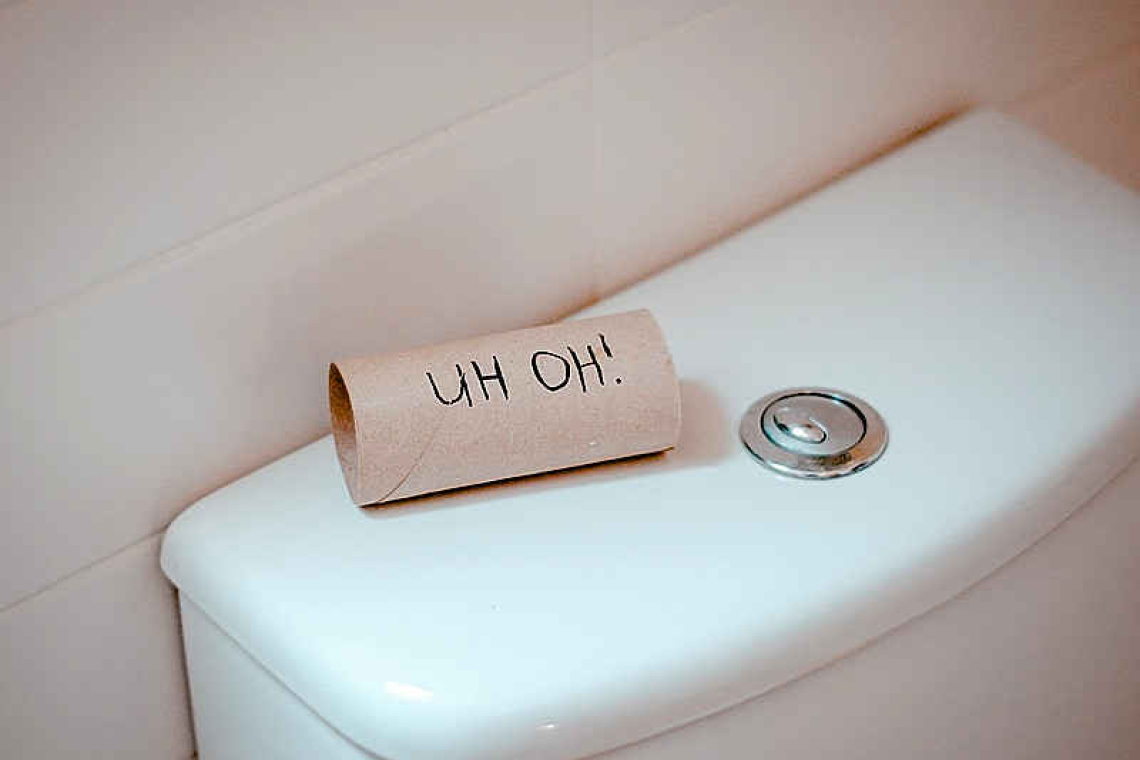By Colin Michie
Most of us are embarrassed by that bass – our bottoms. This is made much worse by a common anal pest, haemorrhoids.
Throughout our lives, the anus, the short canal at the end of the gut, is controlled by muscles. A ring of muscle forms a sphincter; anus structures are supported by the muscular floor of the pelvis. These seal the gut, together with specialised padded lining inside the gut. These spongy pads are filled with blood vessels. Nerve supplies work subconsciously, but usually allow us to figure out if the rectum is empty (the default setting) or perhaps full of gas, liquid or solid stool. Toilet training of these neurological controls is a skill we develop at an early age.
If pressures increase or if you have diarrhoea often, the veins inside these anal pads can blow up like small balloons. They become haemorrhoids or piles. Perhaps these pads are a serious design fault in humans! They have been described in ancient texts; treatments are detailed in all of our languages. Piles are swollen, inflamed, purplish; they can leak blood without causing pain. They can clot and become tender. Sometimes, piles can protrude through the sphincter if they are large, causing leaks of stool and itching. Haemorrhoids can form outside the sphincter, where they may cause great pain for several weeks. When they resolve, they often leave behind a skin tag near the anus. All in all, these rump monsters make life troubled and awkward!
Pressures in the abdomen or pelvis can increase for many reasons. Over a third of women will develop piles during pregnancy, as a growing foetus increases the pressure in the lower abdomen. Constipation (hard and infrequent stool) is a very common cause of piles. Straining at stool, prolonged sitting and pushing on the toilet will raise pressures in the pelvis and those anal blood vessels. A reduction in the fibre in many diets causes constipation or costiveness.
Obesity can cause piles by increasing the size of the liver and other organs. A variety of other conditions increases the risk of piles, including regular heavy lifting, a family history, rectal surgery, back injury or anal intercourse. In the elderly, pelvic floor supports around the anus can become weaker. In total, over half the adult population over 50 are likely to have suffered from these oversensitive, pesky booty blood vessels.
Many famous people – from Napoleon, Michelangelo and William Wilberforce to Lil’ Wayne and Witney Houston – have confessed to suffering with piles. So to be reassured, haemorrhoids afflict all of us! The challenge is to avoid them and prevent them recurring. Treatments across the counter are a reasonable first course of action. Over centuries, civilisations’ balm yards have developed creams, ointments, sprays and suppositories that can provide benefit to the sufferer. They contain a wide range of products, herbal and pharmaceutical, ranging from zinc oxide, essential oils, various anaesthetics or a range of steroids. All are directed at reducing irritation and itch.
At the same time causes of the haemorrhoid need to be tackled. Most frequently, this is constipation: soft stool is crucial. Fibre, fluid and exercise are core therapies. Five (or six) helpings of fruit and vegetables every day is a stratagem that should meet the recommended 20-30g of daily intake of fibre – as well as supporting your health in many other ways. Fibre supplements from oats to baobab, berries or seeds are beneficial too.
If these conservative therapies are not effective within a week, it is worth seeking surgical advice. Apart from pain and discomfort, piles can cause anaemia, a shortage of iron resulting from blood loss into the stool. Anaemia will influence your daily activities, your mental focus and your sleep. It is possible that more sinister problems in the lower bowel can be hidden by piles. In particular, there is a small risk of those over 40 years of age having an underlying bowel cancer that can cause intermittent bleeding into the stool. This diagnosis should not be missed, because early treatments can be curative.
Surgeons have developed new strategies to treat piles, although established approaches continue to be employed. Removing a haemorrhoid can be achieved with an elastic band or ligature. Injection with sclerosing solutions, coagulation with infrared light, or electrical devices shrivel haemorrhoids. Devices may be used to cut off their arterial blood supplies. Stapling or complete excision is used for more severe or recurrent piles.
Even if your junk is in the right places, it is possible piles will start an uncivil war down there. This is no abeng call to discuss our butts at social gatherings, but a reassurance to reduce a common bashfulness or anxiety.
Useful resources:
https://www.niddk.nih.gov/health-information/digestive-diseases/hemorrhoids/treatment







